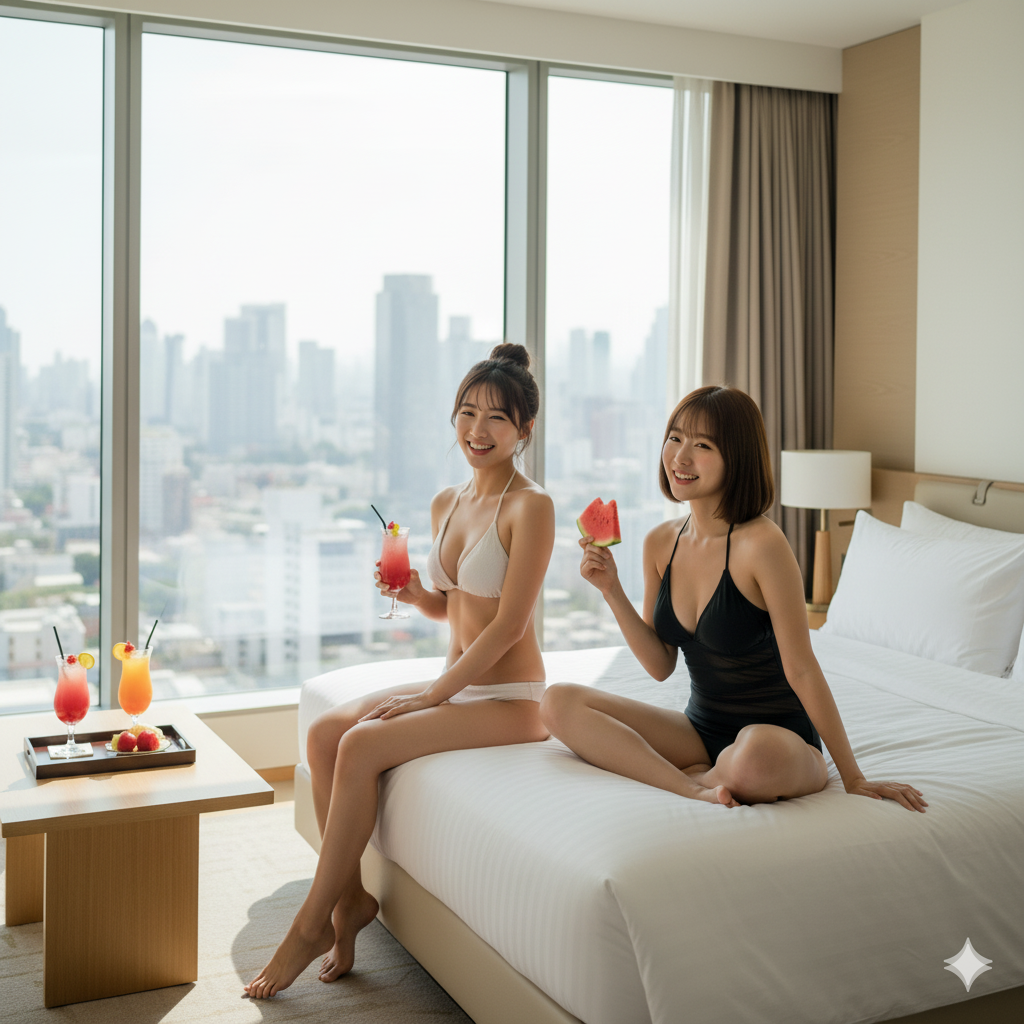his guide pinpoints the best-located hotels by Kabukicho, Roppongi, Shibuya, Ikebukuro, Ueno, and Yoshiwara, with honest pros/cons, airport access, and etiquette. It focuses on practical info you can use immediately—walk times, station lines, and booking steps. Reading takes about 10 minutes; planning and booking your top pick should take 15–30 minutes using the official links below.
Looking to stay steps from neon-soaked nightlife but still sleep well? This hands-on hotel list around Tokyo’s after-dark hubs keeps things simple: proven properties, verified walk times, and direct booking pages. We intentionally use official sources and traveler-friendly language. You’ll also find airport/train directions, basic Japanese phrases, safety rules, and how to book without stress. The first time we mention tokyo red light district hotels, we mean mainstream hotels near nightlife zones (Kabukicho, Roppongi, Shibuya Dogenzaka, Ikebukuro, Ueno/Okachimachi, and historic Yoshiwara). No adult-service facilitation—just places to sleep well near the action.
1. What are Tokyo’s red light/nightlife districts?
2. How to choose the right hotel (by area, vibe, and budget)
3. Booking guide (steps, ID, payment, useful phrases)
4. Getting there (airport & train access to each district)
5. Etiquette, rules & safety (what to know before you go)
1. What are Tokyo’s red light/nightlife districts?
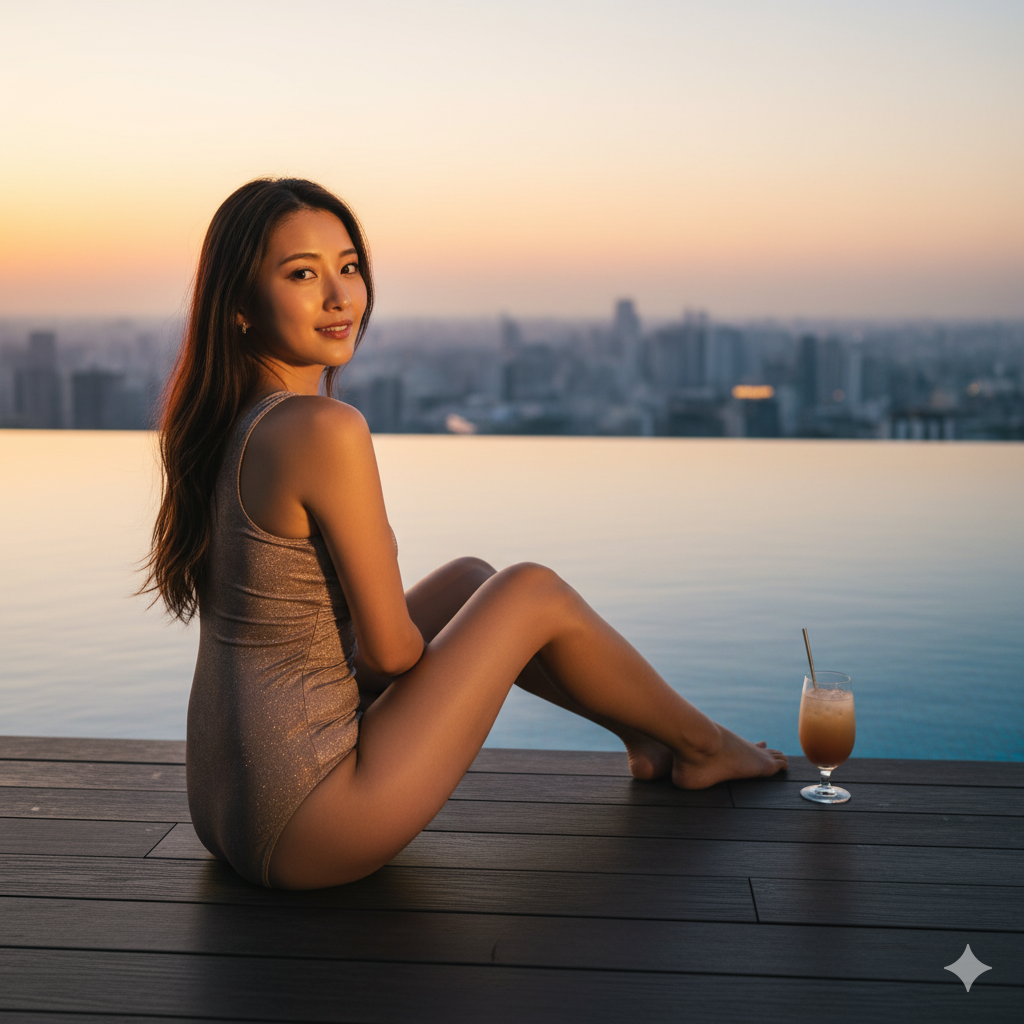
Short answer: Base yourself by Kabukicho (Shinjuku), Roppongi, Shibuya Dogenzaka, Ikebukuro, Ueno/Okachimachi, or historic Yoshiwara to balance nightlife access and easy daytime sightseeing.
1-1 Overview
Tokyo’s nightlife clusters into a few compact zones with bright signage, late-food, bars/clubs, and entertainment. The biggest is Kabukicho in Shinjuku. Roppongi mixes clubs with galleries and high-end dining. Shibuya’s Dogenzaka borders the love-hotel hill and live houses. Ikebukuro has arcades, bars, and theaters near Sunshine City. Ueno/Okachimachi leans old-town with markets and izakaya. Yoshiwara is a historic pleasure quarter north of Asakusa—today you’ll mostly stay in nearby Asakusa/Minami-Senju areas.
1-2 Where they are (official resources)
- Kabukicho neighborhood info: Kabukicho Official Portal
- Roppongi visitor guide and transport: GO TOKYO: Roppongi
- Shibuya Dogenzaka area: Shibuya Dogenzaka Official
- Ikebukuro visitor guide: GO TOKYO: Ikebukuro
- Ueno/Taito visitor info: TAITO Navi (Official)
- Historic Yoshiwara reference: Yoshiwara Shrine (official)
1-3 Quick neighborhood vibes
- Kabukicho: biggest, loudest, most neon; tons of dining; hotels right in the zone.
- Roppongi: clubs + museums; many mid/upper hotels; easy to other central areas.
- Shibuya Dogenzaka: buzzing streets near Hachiko/Center Gai; great for music/night owls.
- Ikebukuro: value hotels with great rail links; busy but less touristy at night than Shibuya.
- Ueno/Okachimachi: markets (Ameyoko), museums; more classic, budget-friendly.
- Yoshiwara/Asakusa-North: stay in Asakusa/Minami-Senju for access to old-town Tokyo.
2. How to choose the right hotel (by area, vibe, and budget)
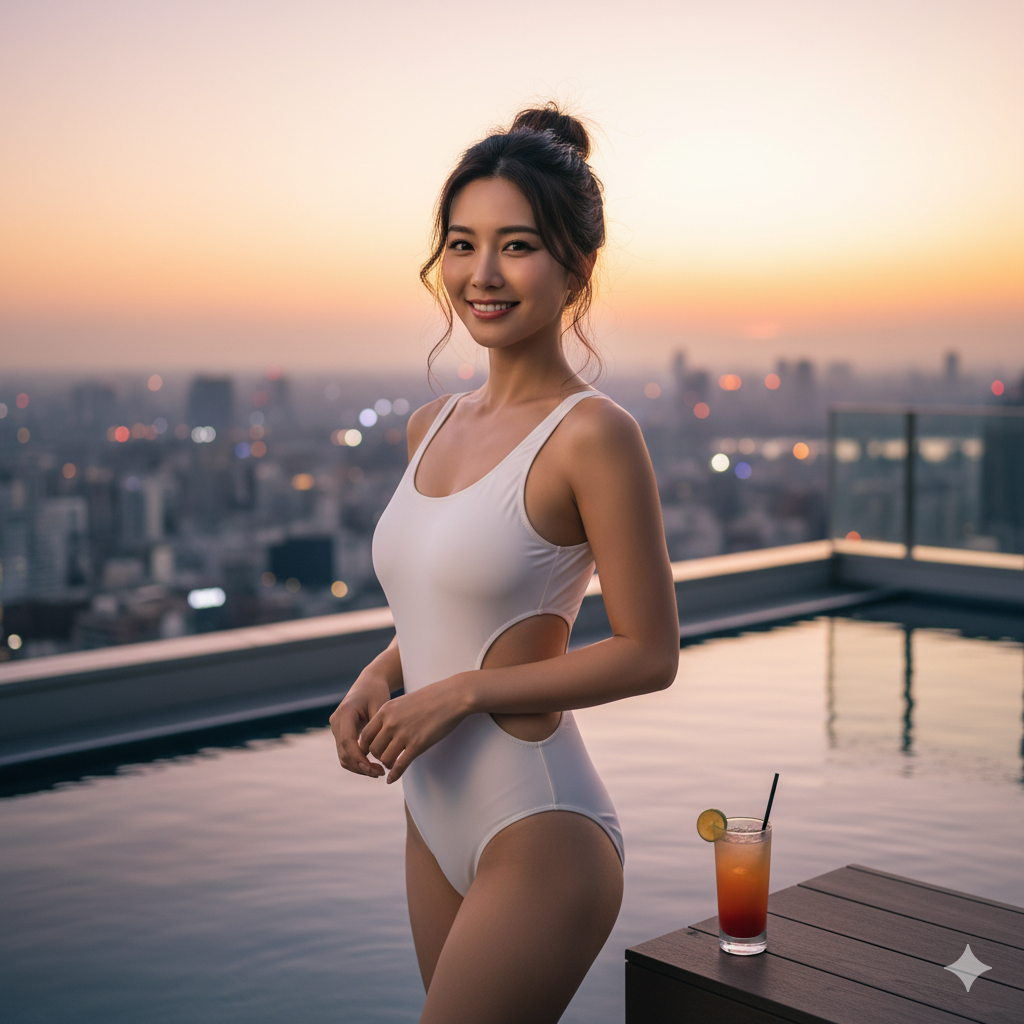
Short answer: Pick by walk time (3–10 min) to nightlife, noise tolerance, and train access. Kabukicho and Roppongi are closest to late-night action; Shibuya is trendiest; Ikebukuro/Ueno offer value; Asakusa suits Yoshiwara history.
2-1 Editor’s picks by district (official links)
Kabukicho / Shinjuku
- Hotel Gracery Shinjuku — Godzilla-head landmark; ~5 min from JR Shinjuku East Exit. Quiet rooms above the action.
- Shinjuku Prince Hotel — Above Seibu-Shinjuku Station; super convenient for late returns.
- APA Hotel Shinjuku Kabukicho Tower — High-rise business hotel with big-bath facilities.
- HOTEL GROOVE SHINJUKU & BELLUSTAR TOKYO — Inside Tokyu Kabukicho Tower, from lifestyle to luxury.
Roppongi
- remm Roppongi — 1 min to Roppongi Station; compact rooms, great soundproofing.
- CANDEO Hotels Tokyo Roppongi — Rooftop open-air bath & sauna; 2–5 min to stations.
- Mitsui Garden Hotel Roppongi Premier — Sleek upper-mid; ~5–7 min walk.
Shibuya / Dogenzaka
- Cerulean Tower Tokyu Hotel — Big rooms, skyline views; ~5 min to Shibuya.
- Shibuya Excel Hotel Tokyu — Station-direct in Mark City; zero transfer after late nights.
- SHIBUYA STREAM HOTEL — Design-forward, station-connected, social vibe.
Ikebukuro
- Hotel Metropolitan Tokyo Ikebukuro — 3 min from West Exit; full-service city hotel.
- Sunshine City Prince Hotel — Inside Sunshine City (malls/observatory on your doorstep).
- Centurion Hotel Ikebukuro — Value, handy for late trains/buses.
Ueno / Okachimachi (for Ameyoko & cheap eats)
- NOHGA HOTEL UENO — Local craft vibe; ~3 min from JR Ueno.
- Mitsui Garden Hotel Ueno — 2 min to JR Ueno; easy museum access.
- APA Hotel Ueno Ekimae — Simple, practical, close to lines.
- Hotel Sardonyx Ueno — Next to Ameyoko; free simple breakfast.
Asakusa / Minami-Senju (for Yoshiwara history)
- Asakusa View Hotel — Sky-tree views; easy to old-town lanes.
- Hotel Meigetsu (Minami-Senju) — Budget, clean base with quick bus/train to Asakusa/Yoshiwara area.
2-2 One-look comparison table
| Area | Hotel (official) | Walk to Nightlife | Nearest Station | Why it’s good |
|---|---|---|---|---|
| Kabukicho | Hotel Gracery Shinjuku | Inside zone (~3–5 min) | Shinjuku / Seibu-Shinjuku | High floors above noise; iconic setting |
| Kabukicho | Shinjuku Prince Hotel | Steps (~1–3 min) | Seibu-Shinjuku (in-building) | Zero-transfer late-night convenience |
| Roppongi | remm Roppongi | 1–3 min | Roppongi (Hibiya/Oedo) | Compact, great soundproofing, steps to clubs |
| Shibuya | Shibuya Excel Hotel Tokyu | 5–8 min (Dogenzaka) | Shibuya (station-direct) | Station-connected; easiest after late hours |
| Ikebukuro | Hotel Metropolitan | 5–8 min | Ikebukuro West Exit | Full-service; smooth rail links everywhere |
| Ueno | NOHGA HOTEL UENO | 5–10 min | Ueno | Calmer nights; food and museums nearby |
| Asakusa | Asakusa View Hotel | 10–15 min (to Yoshiwara area by taxi/bus) | Asakusa | Classic skyline views, old-town charm |
2-3 How to match hotel to your trip
- Night-first trips: Kabukicho/Remm/CANDEO keep walk times under 5 minutes.
- Balanced trip: Shibuya or Ikebukuro = nightlife + great daytime rail links.
- Quieter stay: Ueno/Asakusa give calmer nights with easy transit—good for museums and markets.
Noise tip: request a high floor and room away from elevator/street, and bring soft earplugs just in case.
Official sources for distances/access: remm Roppongi, CANDEO Roppongi, Gracery Shinjuku, Shinjuku Prince, Mitsui Garden Ueno, Hotel Metropolitan Ikebukuro.
3. Booking guide (steps, ID, payment, useful phrases)
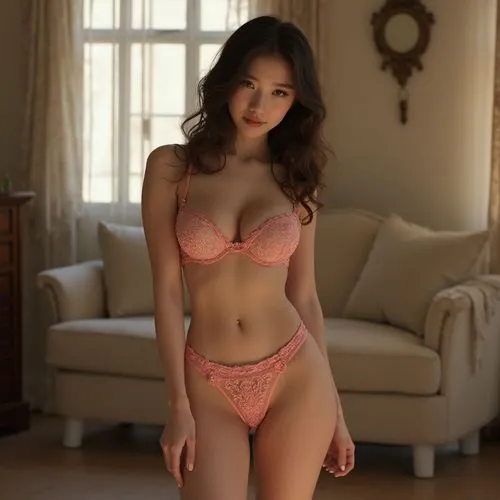
Short answer: Book direct on official sites, use a credit card, bring your passport for check-in, and note that most Tokyo hotels are strict about guest count and quiet hours.
3-1 Simple booking steps
- Pick your area and hotel from Section 2.
- Open the official website (linked) and compare standard vs. member rates.
- Check room size, bed type, and noise notes (high floor options).
- Reserve with a major credit card (Visa/Mastercard/Amex typically OK).
- Screenshot your confirmation and note the hotel’s check-in window (usually 15:00–).
Example terms/cancel info: Shibuya Excel Hotel Tokyu – Reservation notes.
3-2 ID, payment & check-in essentials
- Passport: Foreign guests must show a passport at check-in (hotels take info/copy as required by law).
- Payment: Credit cards widely accepted; some business hotels allow cash.
- Late arrival: If landing late, email the hotel to hold your room after 22:00.
- Visitors: Most hotels forbid unregistered overnight guests—confirm visitor policy.
3-3 Handy Japanese phrases (front desk)
- Check-in, please. — 「チェックインをお願いします。」(Chekku-in o onegai shimasu.)
- I have a reservation under [Name]. — 「[名前]で予約しています。」([Namae] de yoyaku shite imasu.)
- May I have a quiet, higher floor room? — 「静かで高層階の部屋はありますか?」(Shizuka de kōsōkai no heya wa arimasu ka?)
- Can you keep my luggage? — 「荷物を預かっていただけますか?」(Nimotsu o azukatte itadakemasu ka?)
- What’s the last train time? — 「終電は何時ですか?」(Shūden wa nanji desu ka?)
4. Getting there (airport & train access to each district)
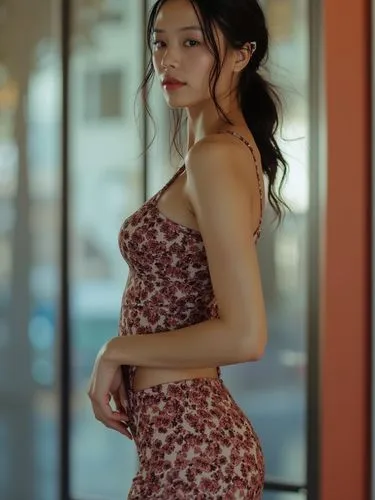
Short answer: From Narita, take N’EX to Shinjuku/Shibuya/Ikebukuro or Skyliner to Ueno. From Haneda, take the Tokyo Monorail to Hamamatsucho then JR/Metro onward. Use JR/Metro for hops between districts.
4-1 Airport expresses (fastest routes)
- Narita Express (N’EX): Narita–Tokyo 53 min (fastest typical), direct trains to Shibuya, Shinjuku, Yokohama. Info & tickets: JR East N’EX. Typical listed total fares (adult, one-way): Tokyo–Narita ¥3,070 / Shinjuku–Narita ¥3,250—see official fare table: JR (fare list).
- Keisei Skyliner: Narita–Ueno/Nippori fast link; official info: Keisei Skyliner.
- Tokyo Monorail: Haneda–Hamamatsucho every few minutes; connect to JR/Metro: Tokyo Monorail.
4-2 Quick hops between districts
- Shinjuku ⇄ Shibuya: JR Yamanote Line (~7 min).
- Shinjuku ⇄ Roppongi: Toei Oedo Line (~9 min), per GO TOKYO.
- Ueno ⇄ Shinjuku: JR Yamanote (~25 min), JR Chuo/Sobu via Akihabara optional.
- Asakusa ⇄ Shinjuku: Metro Ginza/Toei Asakusa + JR transfer (35–45 min typically).
4-3 Late-night realities
Most train lines wind down around midnight–1:00. If you miss the last train, use licensed taxis (look for lit roof lamp) or rideshare where available. Keep some cash for late-night spots that are card-averse.
5. Etiquette, rules & safety (what to know before you go)
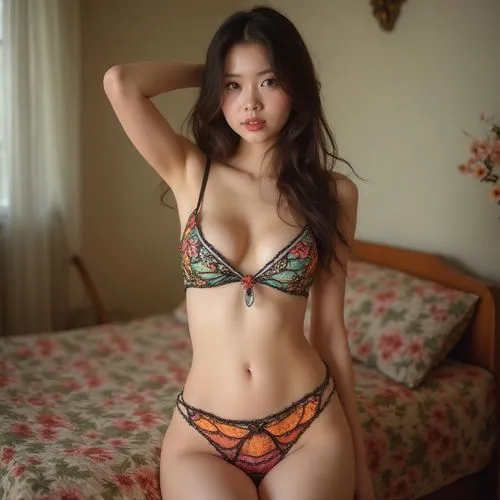
Short answer: Avoid street touts, mind smoking/drinking rules, carry ID, and respect quiet hours. Tokyo is safe, but common-sense night habits still apply.
5-1 Local laws you’ll actually use
- Touts: In Kabukicho and other zones, street solicitation is prohibited. Don’t follow strangers offering “cheap” deals. See Shinjuku’s official notice: Shinjuku Ward Ordinance.
- General traveler rules (Tokyo-wide): Smoking is restricted indoors and often outdoors; don’t drink on the street where local rules forbid it; and steer clear of illegal drugs. See GO TOKYO: Laws and Customs & Manners.
- Safety basics from authorities: Tokyo Police/Prefectural safety leaflets and foreign-visitor guidance are available (multi-language): Tokyo Metropolitan Government—Traveler Manual, MPD leaflets.
5-2 Night-out etiquette (do this, not that)
- Do: Go in small groups, use well-lit streets, choose venues by reputation and reviews, and leave when a place feels off.
- Don’t: Accept drinks from strangers, hand over your credit card out of sight, or enter venues without posted prices.
- Cash/cover: Many small bars/clubs have a table/cover charge. Ask at the door: 「テーブルチャージはありますか?」
5-3 Phrases that deflect touts (polite but firm)
- “No thank you.” — 「結構です。」(Kekkō desu.)
- “I have plans.” — 「予定があります。」(Yotei ga arimasu.)
- “Please don’t.” — 「やめてください。」(Yamete kudasai.)
6. Summary and next steps
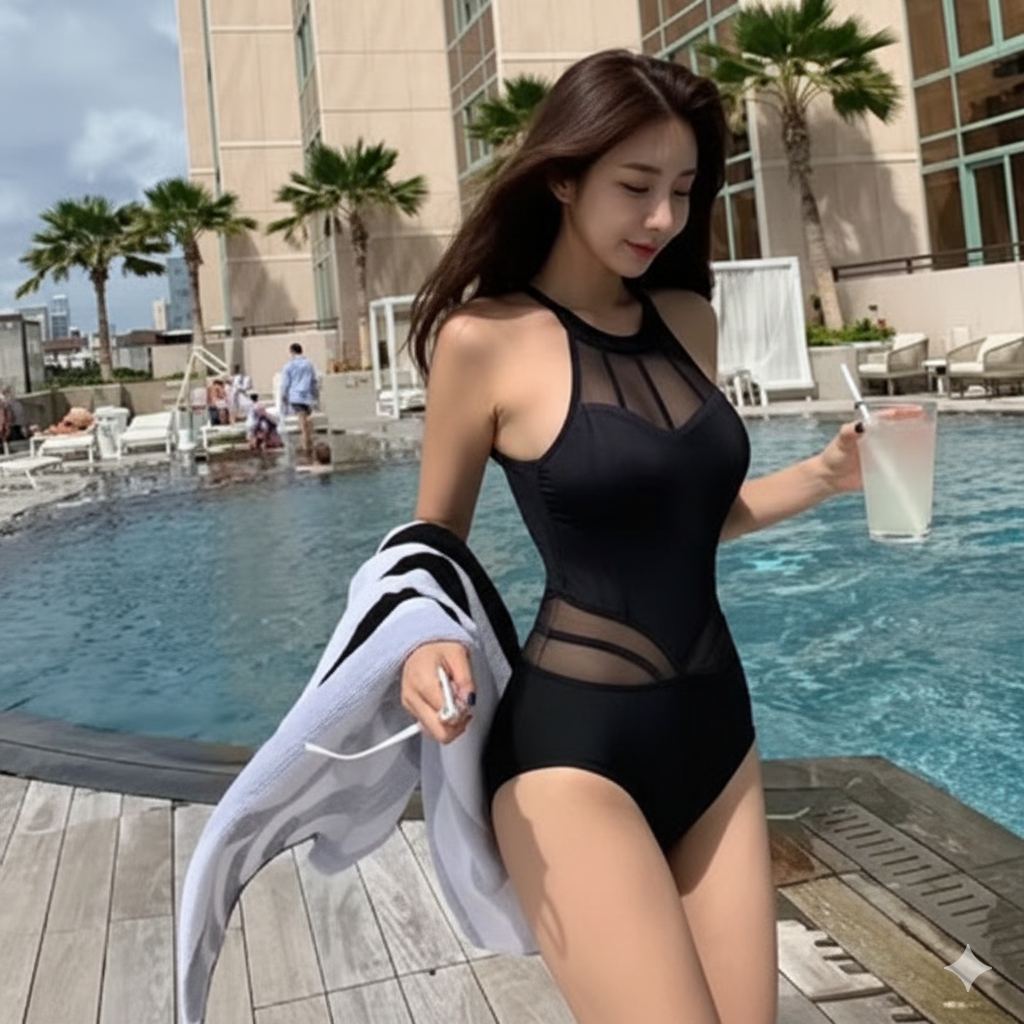
Short answer: Choose the district that matches your night vibe, book directly via the official links, and plan airport/last-train logistics. You’ll have a smoother, safer stay within a 3–10 minute walk of the action.
To recap: Kabukicho is the closest to neon nights; Roppongi blends clubs with upscale dining; Shibuya is trend-central; Ikebukuro/Ueno deliver value and calmer late nights; Asakusa/Minami-Senju work well for Yoshiwara’s history. Book on official sites linked above, carry your passport for check-in, and mind Tokyo’s smoking and tout rules. For route-planning, the fastest options are N’EX (Narita to Shinjuku/Shibuya) and Skyliner (Narita to Ueno); from Haneda, take Tokyo Monorail to central JR/Metro.
Why use SoapEmpire for tokyo red light district hotels? Most travelers face the same friction: maps look close but walks are longer at night, some streets feel confusing, and hotel pages don’t explain noise, last-train realities, or what to say at the desk if you want a higher, quieter room. That’s exactly what SoapEmpire fixes—turning uncertain nights into straightforward, enjoyable stays near the spots you actually want to see.
The solution: a clear, English-first playbook for booking near Kabukicho, Roppongi, Shibuya Dogenzaka, Ikebukuro, Ueno, and Asakusa. We compare walk times, station exits, lobby layouts, and typical late-night flows. We summarize policies (ID, visitors, quiet hours), note nearby 24h food, and warn about tout-heavy corners. You get direct links to official pages and on-the-ground phrases you can show on your phone.
What makes SoapEmpire different: we’re a Japan-wide nightlife information portal built for travelers and expats. Our strengths include plain-English hotel and neighborhood guidance, tidy breakdowns of rates, access, reservations, and broad coverage of the big cities. Need a nudge beyond hotels? We publish neighborhood explainers, etiquette checklists, and practical “what-to-do-if” steps. We also provide 24-hour booking support for $10 flat so you can lock a room or time-slot without language guesswork.
Your benefits: save time, avoid common mistakes (following touts, choosing a great hotel on the wrong side of the tracks, missing the last train), and enjoy a stay that’s close to neon but restful enough to power tomorrow’s sightseeing. Whether you’re searching specifically for tokyo red light district hotels or related terms like tokyo red light district hotels (yes, people search it this way), SoapEmpire keeps everything practical, current, and easy to act on.
Next step: pick your district using this guide, then let us confirm availability and handle the back-and-forth with the property. We keep it simple: one email, one fee, sorted plans.
For reservations or inquiries, please contact us via the inquiry form.
Related reads on SoapEmpire:
If you’re interested in visiting any of these places, SoapEmpire offers a 24-hour booking support service for only $10.
Just send the store name, preferred time, and your name (nickname is fine) to: artistatakuma@icloud.com.
We’ll take care of your reservation quickly and smoothly.
FAQ
Q1. Which area balances nightlife access with quiet sleep?
A1. Shibuya (Cerulean/Stream) and Ikebukuro (Metropolitan) often strike the best balance—fast trains everywhere, plenty of dining, and slightly calmer late at night than core Kabukicho or Roppongi.
Q2. How close should I stay to Kabukicho?
A2. If you’ll be out past midnight, inside or just outside Kabukicho is practical (Gracery, Prince, APA). Choose high floors and request a quiet side. If you’re sensitive to noise, base in Shinjuku West (Keio Plaza/Park Hyatt zone) and walk/short taxi back.
Q3. Are street touts common? How do I decline?
A3. Yes, in Kabukicho/Roppongi/Shibuya. Don’t engage—say 「結構です」(No thanks) and keep walking. Touting is restricted in many areas; stick to well-known venues and posted prices. See Shinjuku Ordinance.
Q4. Narita late arrival—hotel or city first?
A4. If landing after ~21:00, consider a hotel with direct N’EX access (Shinjuku/Shibuya) or stay near Ueno if taking Skyliner. Last trains thin out after midnight; taxis get expensive across town.
Q5. Is it okay to drink outside?
A5. Public drinking isn’t nationally banned, but local rules may restrict it; Tokyo strongly limits smoking and some wards limit street drinking in certain zones. When in doubt, drink inside bars/izakaya. See GO TOKYO: Laws.
